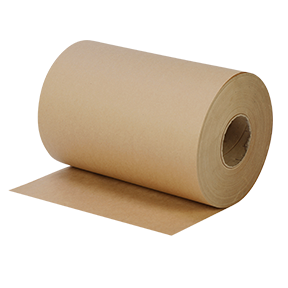The Concept of Paper Cake Boxes A Sweet Evolution in Packaging
In the world of packaging, aesthetics and functionality often go hand in hand, and nowhere is this more evident than in the development of paper cake boxes. These containers are not just simple carriers of sweet confections; they play a vital role in the presentation, preservation, and overall experience of enjoying a cake. This article delves into the evolution of paper cake boxes, the materials used, design innovations, and their impact on the consumer experience.
Historical Background
The tradition of cake baking and presentation can be traced back thousands of years, with cakes evolving from simple flour and water mixtures to elaborate confections adorned with various toppings and decorations. However, it wasn't until the late 19th and early 20th centuries that the packaging of cakes began to gain attention. The introduction of paper as a packaging material marked a significant shift, providing a lightweight and versatile option for vendors. Initially, cake boxes were made from heavy card stock, which, while functional, lacked the design appeal we see today.
Materials and Design
Modern paper cake boxes are typically made from high-quality, food-safe paperboard that not only provides sturdiness but also ensures the safety of the cake inside. These materials are often treated or coated to resist moisture and grease, vital for maintaining the integrity of the cake during transport. With the advancement in printing technologies, manufacturers can create eye-catching designs that cater to various themes, occasions, and customer preferences.
One of the most striking features of contemporary paper cake boxes is their variety in design
. From classic square or rectangular shapes to innovative hexagonal patterns, the options are seemingly endless. Furthermore, the incorporation of unique cut-outs, windows, and embellishments adds a touch of elegance and allure. Special editions for weddings, birthdays, and holidays often include additional decorative elements, transforming the box from a mere container into a part of the celebration itself.paper cake box

The Experience Factor
The experience of unboxing a cake is an essential component of the overall enjoyment of the treat. A well-designed paper cake box can evoke curiosity and excitement. When a customer receives a beautifully packaged cake, it sets the tone for the occasion. The tactile sensation of opening the box, combined with the visual appeal of the cake's presentation, enhances the anticipation of the first bite.
Furthermore, paper cake boxes often contribute to sustainability efforts. As concerns about plastic waste rise, many bakeries and consumers are opting for biodegradable and recyclable paper packaging. This shift not only appeals to environmentally-conscious consumers but also helps brands align with sustainable practices.
Customization and Personal Touch
In today’s competitive market, personalization is key. Many bakeries now offer customizable cake boxes that allow customers to add names, messages, or images that reflect the occasion. This trend not only enhances the emotional connection the consumer has with the product but also increases the perceived value of the purchase. A personalized cake box can serve as a cherished keepsake long after the cake has been enjoyed.
Conclusion
In conclusion, paper cake boxes have evolved significantly from their humble beginnings. They are no longer just functional items; they have become an integral part of the cake-eating experience, enhancing the visual and emotional appeal of the product within. As design continues to innovate and sustainability becomes a priority, paper cake boxes will likely remain at the forefront of bakery packaging, ensuring that they not only protect but also accentuate the delectable delights they hold. Whether it’s a simple birthday cake or an elaborate wedding confection, the right cake box can make all the difference, transforming a sweet treat into a memorable experience.



